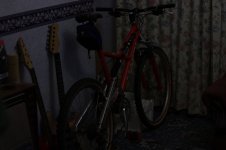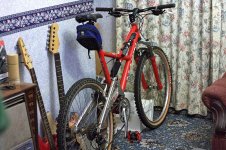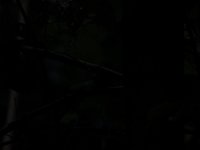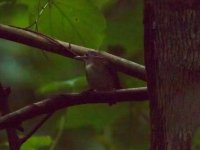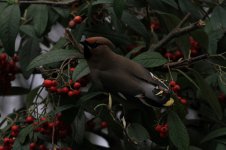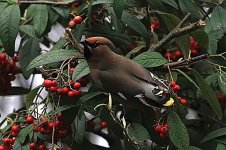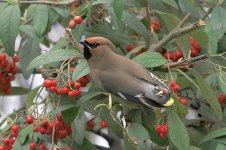I recently took a few badly underexposed photo's (prob 2 - 2.5 stops under) as a result of inadvertently knocking the control dial to manual without realising.
I have taken the photographs in both Raw and Jpeg and was wondering if I can still get a decent photograph despite them being underexposed to this degree.
I only have Photoshop elements (ver 4.0 ) and Canons own software suite to play with ie Digital Photo Professional.
I have tried to get a decent image using the Canon software to open the Raw file and adjust the brightness / contrast etc accordingly.
Unfortunately although the brightness appears (ok-ish ! ) it does leave a very grainy looking image despite trying to reduce the noise etc.
I am not 100 % familiar with working with Raw images so at the moment I'm not certain whether I'm doing something wrong or if its simply a case of trying to flog a dead horse with an image that is too underexposed to get a decent result from.
Any help or advise therefore much appreciated.
I have taken the photographs in both Raw and Jpeg and was wondering if I can still get a decent photograph despite them being underexposed to this degree.
I only have Photoshop elements (ver 4.0 ) and Canons own software suite to play with ie Digital Photo Professional.
I have tried to get a decent image using the Canon software to open the Raw file and adjust the brightness / contrast etc accordingly.
Unfortunately although the brightness appears (ok-ish ! ) it does leave a very grainy looking image despite trying to reduce the noise etc.
I am not 100 % familiar with working with Raw images so at the moment I'm not certain whether I'm doing something wrong or if its simply a case of trying to flog a dead horse with an image that is too underexposed to get a decent result from.
Any help or advise therefore much appreciated.





